Alumina foam ceramic filter plates are very important in improving the quality of smelted aluminum alloy melts, which greatly affect the subsequent processing performance and the quality of the final product. Therefore, all countries in the world attach great importance to the purification of aluminum melt.
There are many reasons for aluminum pollution. On the one hand, in the melting process, aluminum is exposed to the furnace atmosphere in a molten or semi-molten state, which is susceptible to oxidation, easy to react with water vapor to absorb hydrogen, and easy to form various forms of non-metallic slag (Such as lining fragments, chlorides, carbides in the flux, etc.) and coarse intermetallic compound particles, etc .; on the other hand, some of the wastes that make up the charge bring some non-aluminum impurities in the circulation process, because the waste comes from The process wastes and wastes in each process of our factory and the wastes outside the factory, so the route is different, the composition is complex, and the quality is also poor. These impurities often cause bubbles and inclusions in the slab, which seriously affect the purity of the metal melt, and further Affect the processing performance, mechanical properties, corrosion resistance and product appearance quality.
Alumina ceramic foam filter can effectively remove all kinds of inclusions with a fineness of micron level in aluminum water so that the aluminum water becomes a steady laminar flow, which is beneficial to filling; it has a unique mullite-corundum structure, good The mechanical strength and chemical stability, excellent resistance to aluminum erosion performance; strict control of the pore size and through-hole rate can obtain a stable filtering effect; the foam ceramic filter plate is sealed with ceramic fiber gasket, which helps the sealing of the filter plate in the filter box ensures that there is no bypass of molten metal.

Application of Alumina Foam Ceramic Filter
① Purification process of molten metal in the production of aluminum and aluminum alloys.
② Copper alloy casting filter, non-ferrous metal melt (brass, bronze, zinc, tin) during the casting process will also produce oxidation and non-metallic debris, a large number of waste products, the use of foam ceramic filter plate can greatly reduce Rejection rate. The filter copper alloy melt is usually cordierite, and the mesh is 20 or 30PPI.
③ Catalyst carrier for automobile exhaust purification processor; with the continuous development of China’s automobile industry, automobile exhaust emissions have become the main source of environmental pollution. Due to its large specific surface area, good thermal stability, wear resistance, low toxicity, and low density, foam ceramics have been widely used as a carrier for catalytic converters for automobile exhaust. The foam ceramic automobile exhaust catalytic converter is installed in the exhaust pipe of the gasoline car, which can convert the harmful gases of CO, HC, and NOx discharged from the gasoline car into CO2, H2O, and N2, and the conversion rate can reach more than 90%; On the car, the carbon particle purification rate is above 50%. When the foam ceramic filter element is filled with carbon particles, it can be regenerated by catalytic oxidation method or electronically controlled combustion method to continuously eliminate the deposited carbon particles to achieve the purpose of the long-term use.
④ In special fields, in other applications under high-temperature conditions, foam ceramics have excellent heat radiation characteristics, and are used in enhanced heat transfer and combustion technology of porous media, and the effect is remarkable. Foam ceramics can also be made into photocatalyst carriers. Nano-titanium dioxide is coated on the foam ceramic carriers. It is excited by ultraviolet rays and has strong photocatalytic oxidation degradation properties. It can catalytically degrade organic matter and microorganisms, thereby purifying the air. Foam ceramics can also be made into chemical tower packing, gas distribution materials, gas stove energy-saving combustion board, etc.




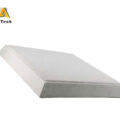
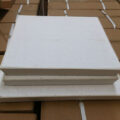
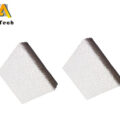
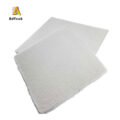



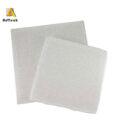

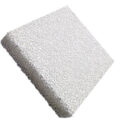
Pingback:Ceramic Foam Filter for Aluminum Casting,Foam Filter Manufacturers
Pingback:Ceramic Filter Media Applications, Porous Ceramic Filter
Pingback:Ceramic Foam Filter for Aluminum Casting – 站点标题
Pingback:Ceramic Filter Media – 站点标题